Author: Marshall Schott
My family loves Teppanyaki. Birthdays, Father’s Days, and numerous other celebratory days are often spent around a hot griddle, the chef tossing fiery sticks and making onion volcanoes to entertain us while we await our food. It’s during these times I indulge in what I truly believe is the only proper beverage to pair with fried rice, steak, and spicy shrimp– a crisp, clean, and supremely refreshing Asahi Super Dry!
International Pale Lager is a style that encompasses many well-known commercial beers, some of which come packaged in green bottles, and is essentially the non-domestic counterpart to American mass market lagers. The BJCP provides the following description of this easy-drinking style:
A highly-attenuated pale lager without strong flavors, typically well-balanced and highly carbonated. Served cold, it is refreshing and thirst-quenching.
I’m not ashamed to admit I rather enjoy many commercial examples of International Pale Lager– Moosehead on a Friday poker night, Red Stripe while throwing darts in a friend’s garage, or a Sapporo with my sushi. With all the talk of how difficult crafting a good example of such a delicate style can be, I thought it’d be fun to try it out using some cringe-worthy methods.
| BREWING THE BEER |
For this recipe, I mostly shot from the hip and went with what I thought might get me close to what I experience when drinking Asahi Super Dry.
Short & Shoddy International Pale Lager
Recipe Details
| Batch Size | Boil Time | IBU | SRM | Est. OG | Est. FG | ABV |
|---|---|---|---|---|---|---|
| 5.2 gal | 20 min | 20.7 IBUs | 3.2 SRM | 1.047 | 1.009 | 5.0 % |
| Actuals | 1.047 | 1.005 | 5.5 % | |||
Fermentables
| Name | Amount | % |
|---|---|---|
| Pilsner (Weyermann) | 10 lbs | 95.24 |
| Table Sugar (Sucrose) | 8 oz | 4.76 |
Hops
| Name | Amount | Time | Use | Form | Alpha % |
|---|---|---|---|---|---|
| Magnum | 12 g | 20 min | Boil | Pellet | 12.9 |
| Tettnang (2017) | 30 g | 15 min | Boil | Pellet | 4.4 |
Yeast
| Name | Lab | Attenuation | Temperature |
|---|---|---|---|
| Urkel (L28) | Imperial Yeast | 73% | 52°F - 58°F |
Notes
| Water Profile: Unadjusted Fresno tap water |
Download
| Download this recipe's BeerXML file |
I started this batch at 3:46 PM on a warm July afternoon by filtering the full volume of water, which I forgot to add minerals to, then hit the switch on my controller to get it heating up.
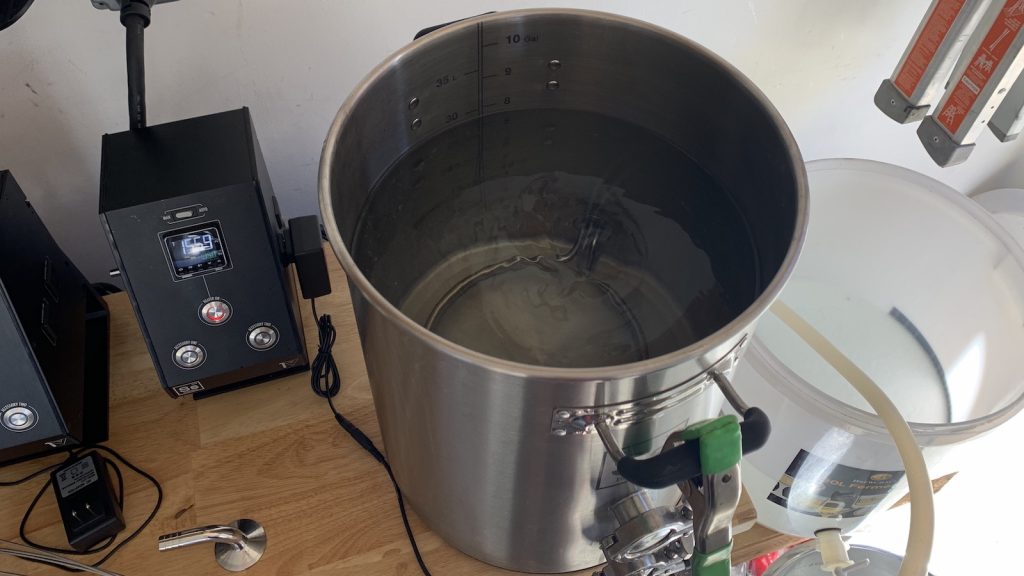
When the water was properly heated, I stirred in the grist and checked to ensure I hit my target mash temperature.
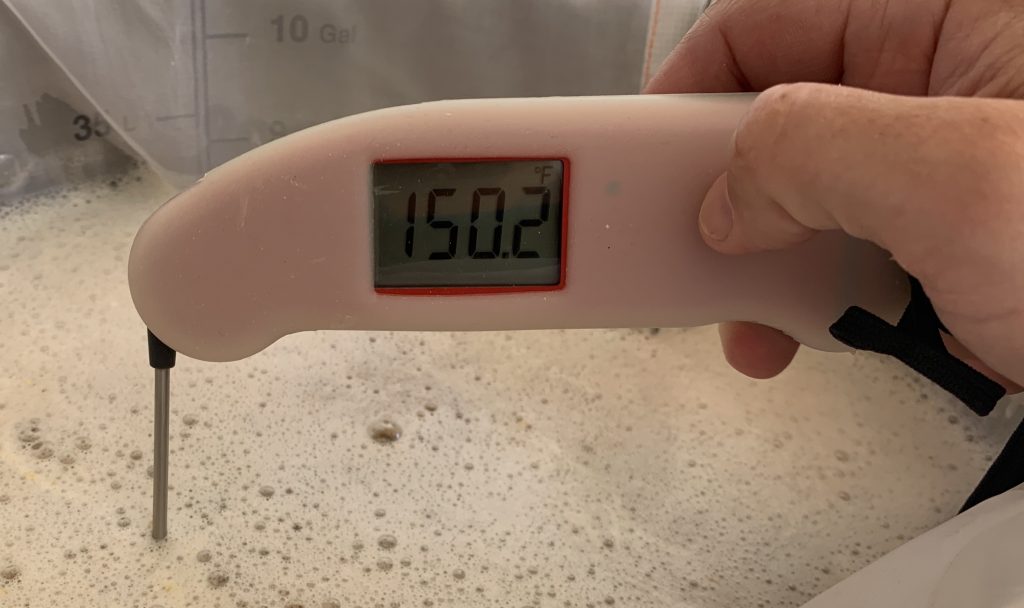
The mash was left alone for just 25 minutes.
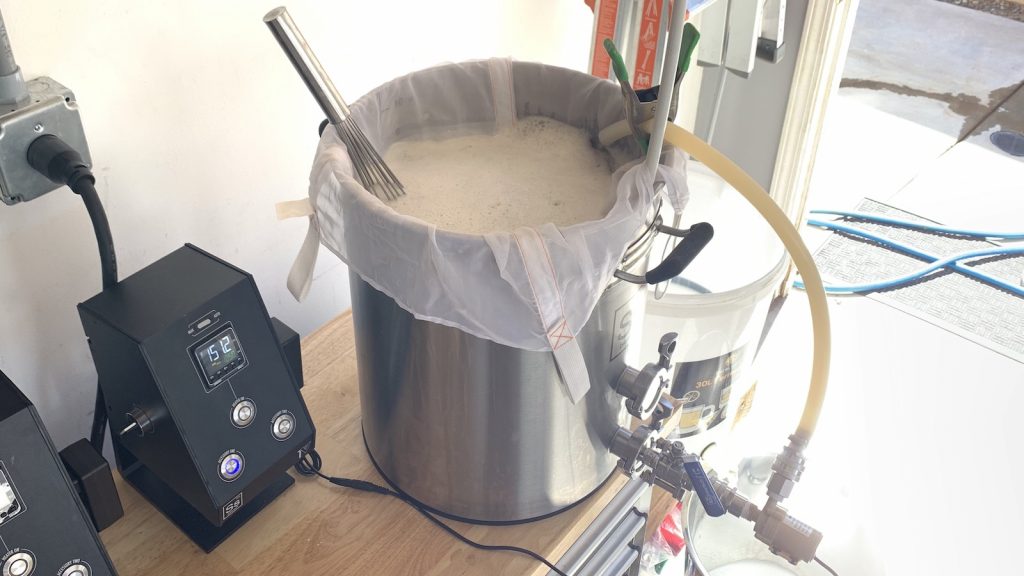
I proceeded to measure out the kettle hop additions.
With the short mash rest complete, I removed the grains and gave the bag a gentle squeeze to achieve the proper pre-boil volume before setting the controller to heat the wort. During the wait, I weighed out the small table sugar addition.
Once the wort reached a boil, I set the timer for only 20 minutes. With 10 minutes left to go, I added the table sugar to the boiling wort.
When the boil was complete, I quickly chilled the wort with my IC.
A refractometer reading confirmed the wort was right at my 1.047 OG target.
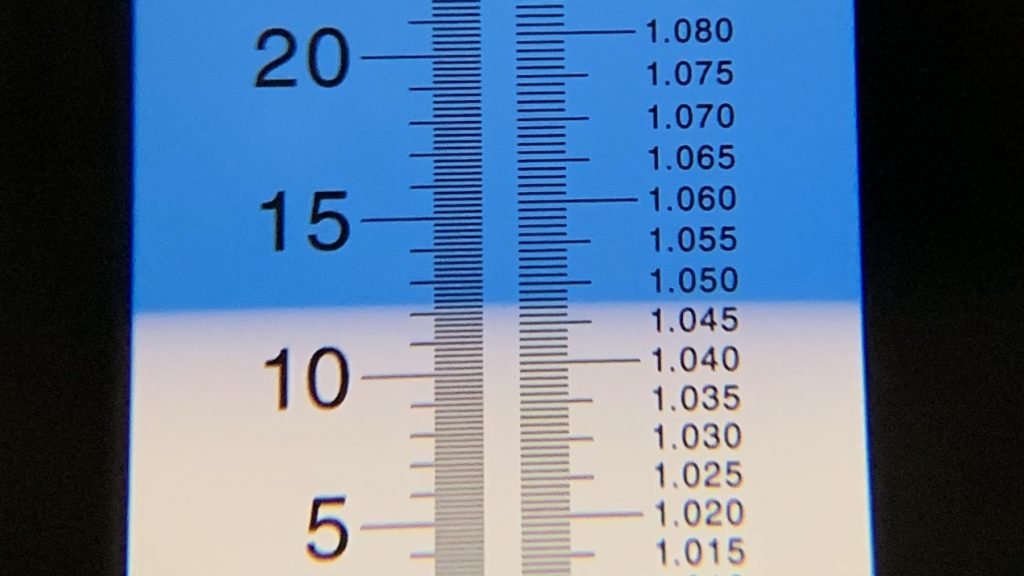
The wort was then transferred to a sanitized fermentation vessel.
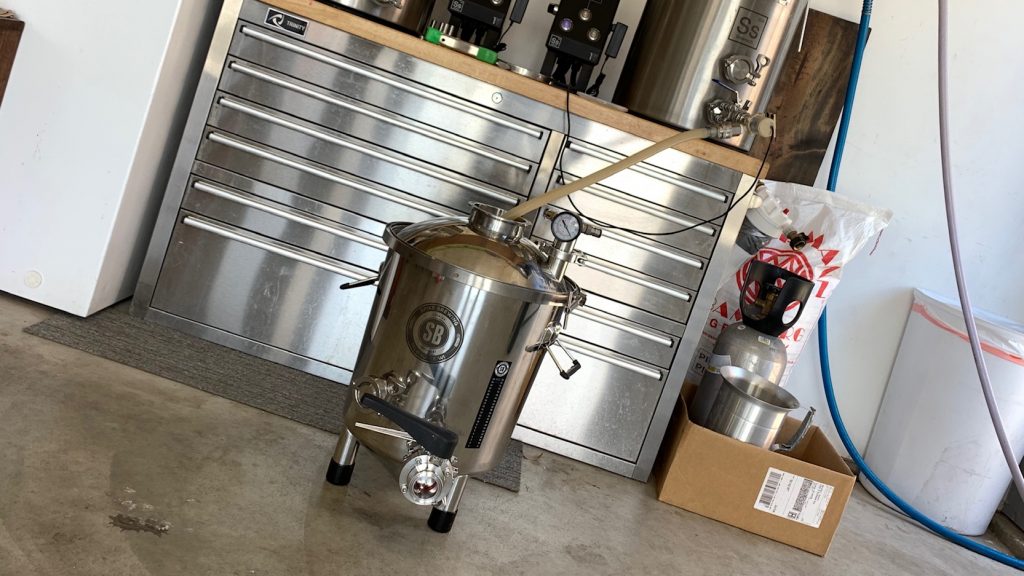
Seeing as it was July in Fresno, my groundwater was a bit warm and I was only able to chill the wort to a balmy 74˚F/23˚C. I immediately pitched a single pouch of Imperial Yeast L28 Urkel at this point.
I moved the filled fermentation vessel to my chamber controlled to 66°F/19°C and hooked up my CO2 capture device. The time was 5:39 PM for a total brew day time of 1 hour 53 minutes.
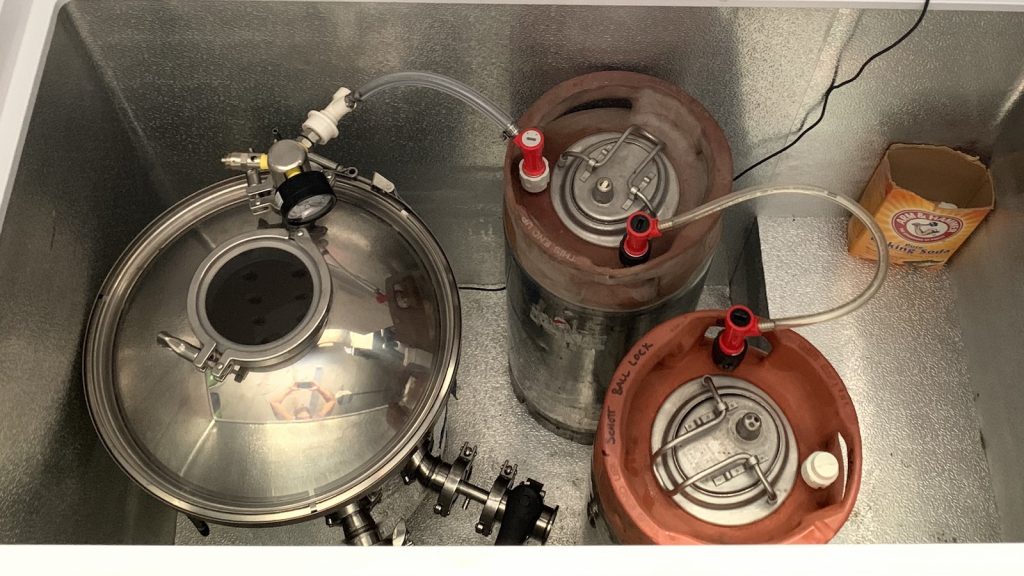 I let the beer ferment for 9 days before noticing an absence of activity and taking a hydrometer measurement confirming FG had been reached.
I let the beer ferment for 9 days before noticing an absence of activity and taking a hydrometer measurement confirming FG had been reached.
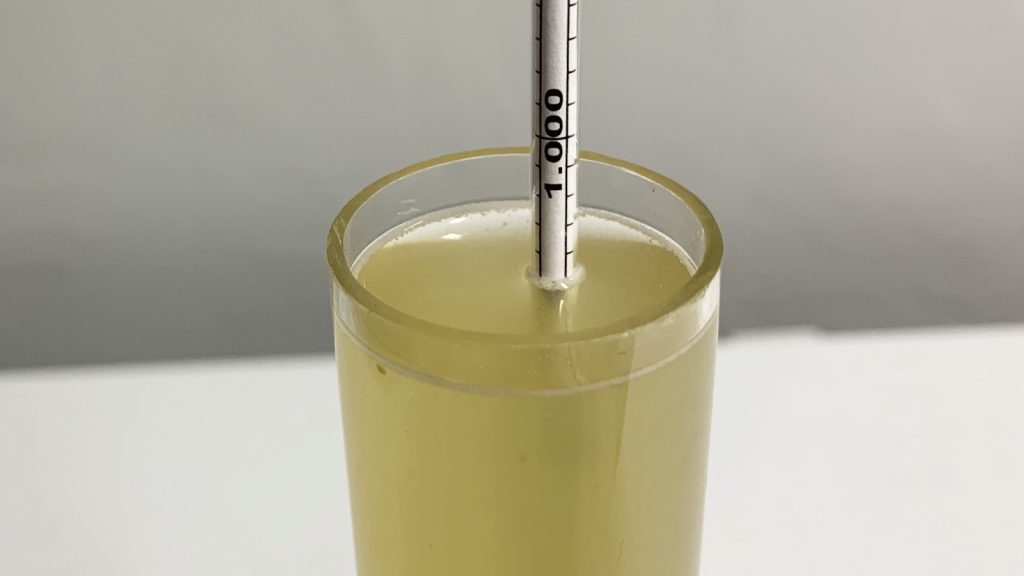
I attached a CO2 tank to my fermenter, set it to 2 psi, then reduced the temperature in the chamber to 33°F/1°C for cold crashing. After 2 days, I gently added a dose of gelatin fining to the beer.
Once another 4 days had passed, I pressure transferred the beer from the fermentation vessel to the naturally purged serving keg.
The beer was placed in my keezer and burst carbonated overnight before I reduced the gas to serving pressure. I let the beer condition for 13 days while I was on a family trip before serving it to tasters for evaluation.
| RESULTS |
A total of 23 people of various levels of experience participated in this Short & Shoddy evaluation. Participants were informed of the specific beer style and provided the BJCP description prior to completing the survey. Tasters were then instructed to rate how hoppy, malty, and dry they perceived the beer to be on a 0-5 scale where a rating of 0 indicated “not at all” and 5 indicated “extremely.”
Tasters were provided a list of common hop, malt, and yeast characteristics then instructed to select from each the one they perceived as being most prominent in the beer.
Hop Characteristics
Malt Characteristics
Yeast Characteristics
Next, participants were asked to indicate whether or not they detected any off-flavors in the beer; those who did were provided a list of common off-flavors and instructed to select the one they perceived as being strongest. One taster reported perceiving DMS in the beer.
Tasters were then asked to rate how well the beer represented the intended style, based on the provided BJCP description, on a 0-5 scale where 0 meant “not at all” and 5 meant “exactly.”
Finally, tasters were asked to rate how much they enjoyed the beer on a 0-5 scale where 0 indicated they hated it and 5 indicated they loved it.
My Impressions: This beer really hit the mark! I wasn’t very concerned about all the process shortcuts I took when brewing it, but I was slightly nervous about the sugar addition and how it might play out given the warm fermentation temperature. Not a single issue that I could tell. The beer was crisp, clean, clear, dry as a bone, nicely carbonated, and wagayy twoooo eezy dooo drnk;;”’!#(*^&……….
| CONCLUSION |
Fizzy yellow lagers get a lot of shit from self-appointed beer aficionados who often pair their cries of “BIG BEER EVIL” with claims that mass market swill lacks in flavor and quality. Regretfully, I’ve been one of these people. I recall the feeling of angst that would wash over me when offered a green-bottled beer by an unwitting friend, the hope that my accepting of said beer would go unnoticed by fellow initiates of the Craft Beer Illuminati, and the shame of actually enjoying what I was drinking despite pretending not to. I’ve long since moved past those days and now enjoy whatever the hell I want without concern, including myriad types of International Pale Lager.
While massively popular in its own right, International Pale Lager isn’t very stylistically different than common American Lager, though the BJCP mentions the latter can be a bit dryer with slightly more carbonation. Like other similarly non-complex styles, it’s commonly believed International Pale Lager is difficult to brew because it leaves little to hide behind, thus requiring very close attention to detail. Curiously, the Short & Shoddy version I made was remarkably well-received by tasters who were unaware of my brewing approach. As expected, the beer was rated as being quite dry with moderate cracker/bread crust malt flavor and low earthy, floral, and fruity hop character. Further, the large majority of tasters noted a clean fermentation character, despite the beer being fermented with a traditional lager yeast at ale temperature. Of the 23 total participants, only one reported perceiving an off-flavor that I didn’t detect at all in this beer.
Perhaps the most telling finding from this survey is how well respondents felt the Short & Shoddy International Pale Lager represented the style, with nearly all feeling is was spot-on. In addition, most tasters reported enjoying this beer quite a bit, in fact I’ve never had more people ask for seconds during a data collection session. There’s no doubt brewers of commercial examples of this style rely on more traditional methods, likely for very good reason, but given these findings along with my own experience of this beer, I absolutely plan to brew it again using the same process in the future!
If you have thoughts about this Short & Shoddy brew, please feel free to share it in the comments section below!
Support Brülosophy In Style!
All designs are available in various colors and sizes on Amazon!
Follow Brülosophy on:
FACEBOOK | TWITTER | INSTAGRAM
If you enjoy this stuff and feel compelled to support Brulosophy.com, please check out the Support page for details on how you can very easily do so. Thanks!

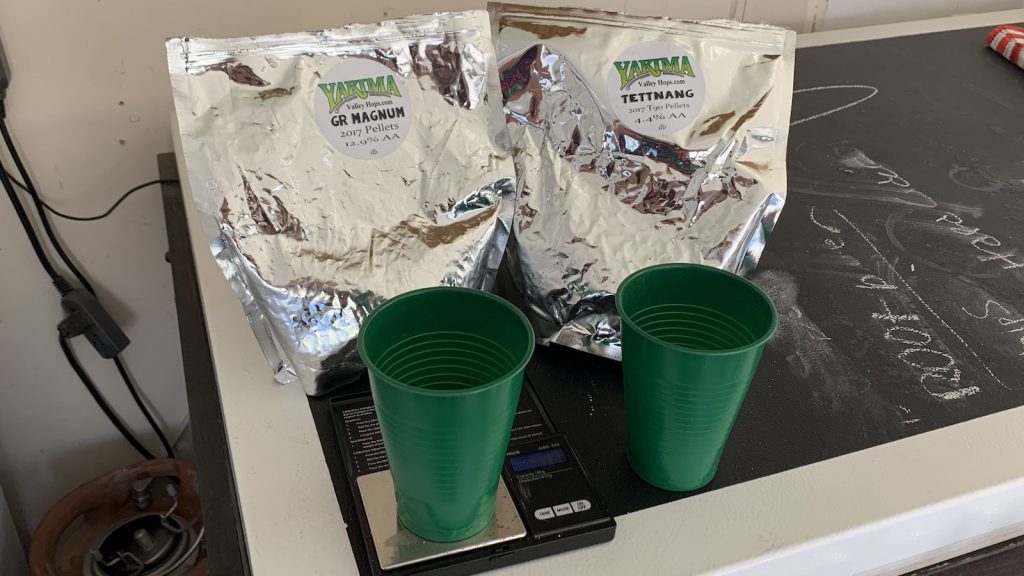
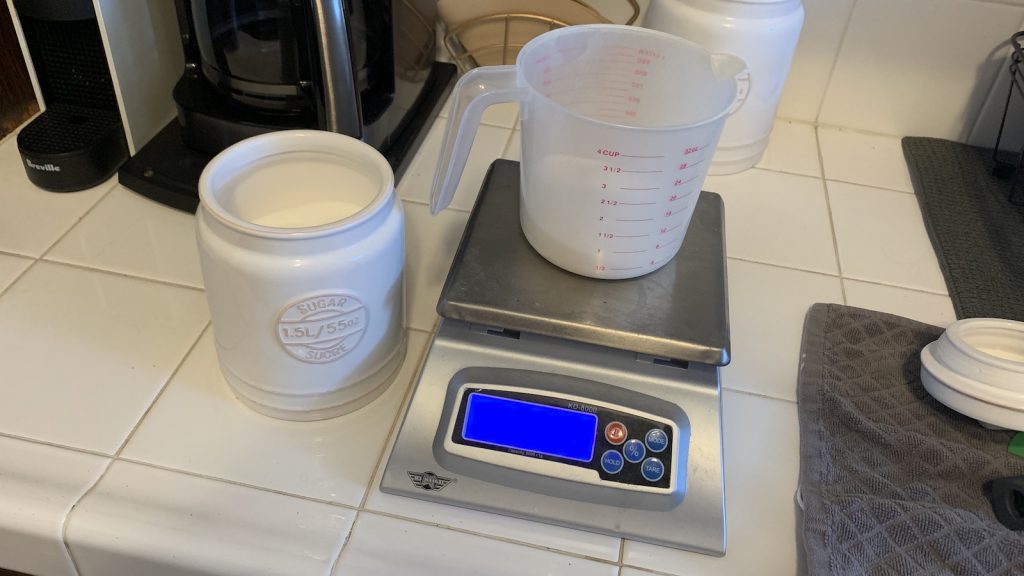
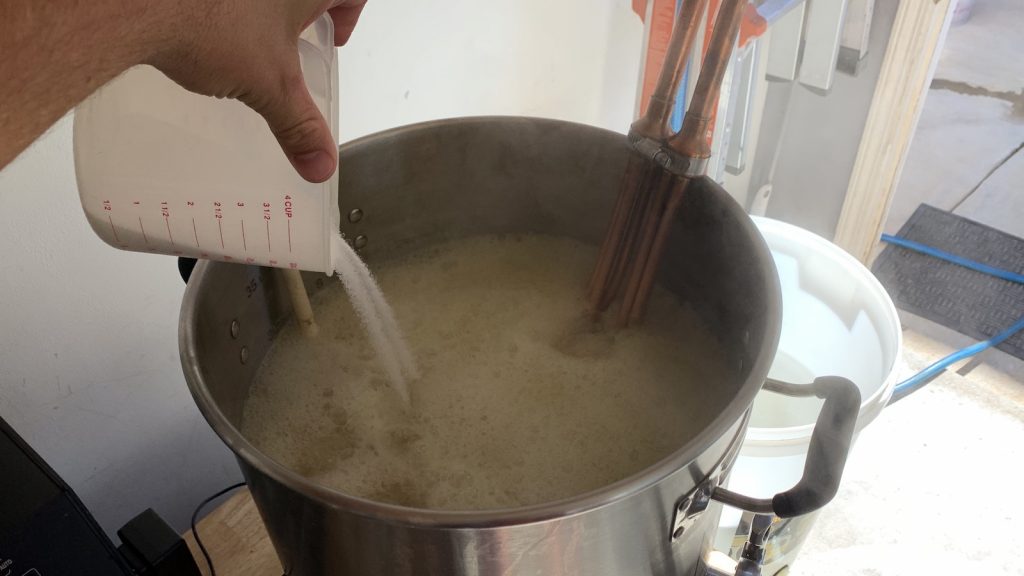
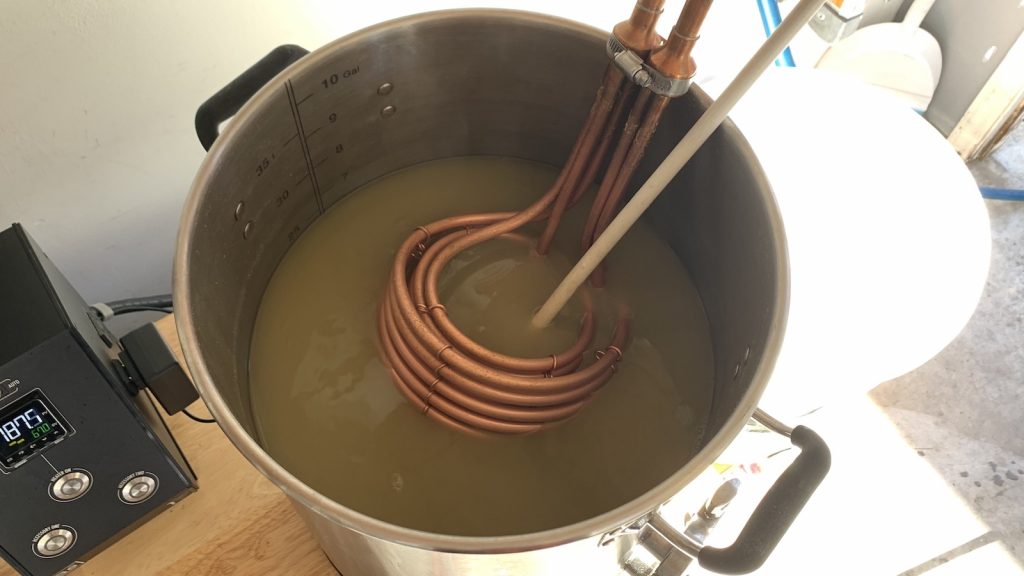
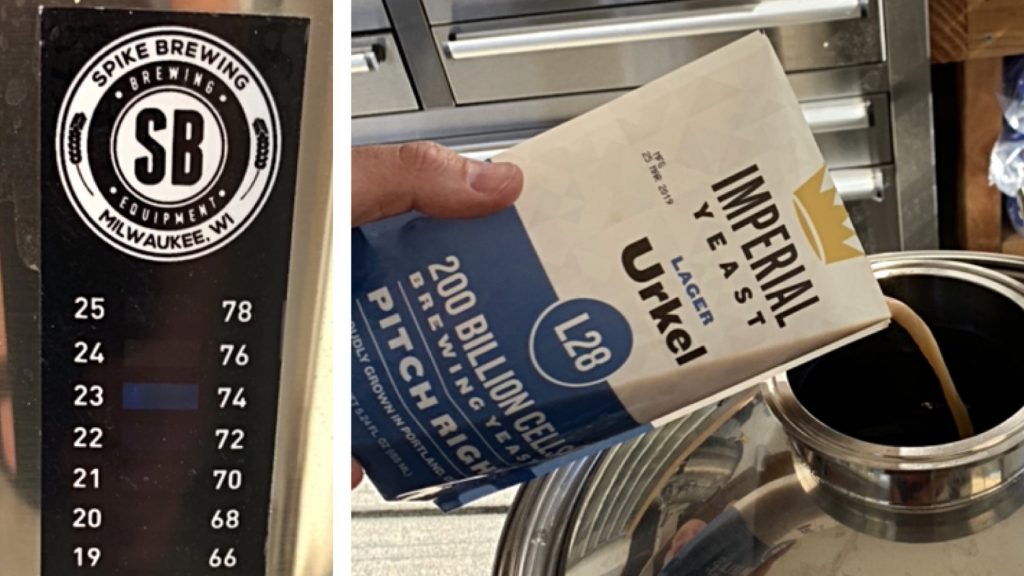
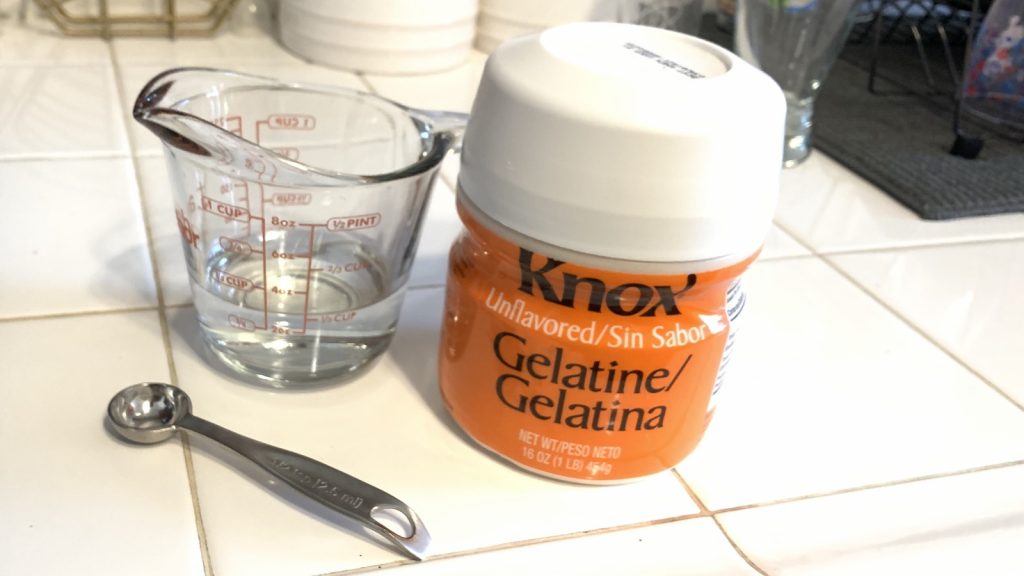
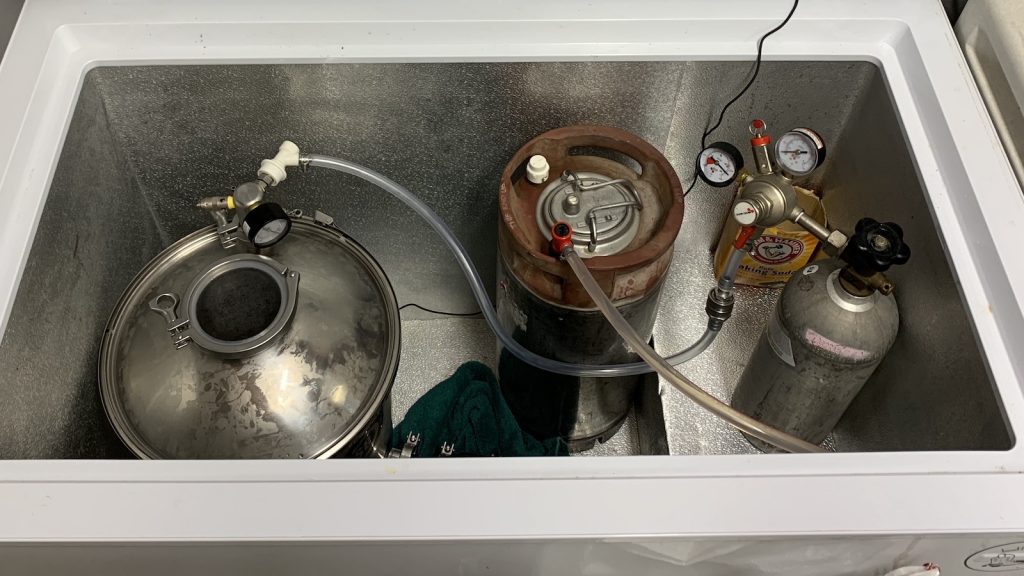
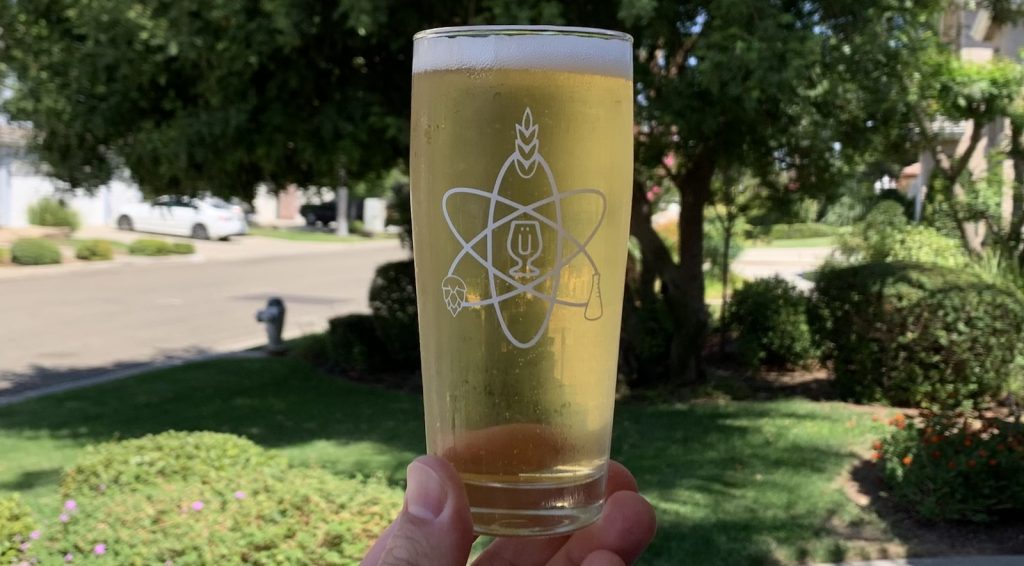
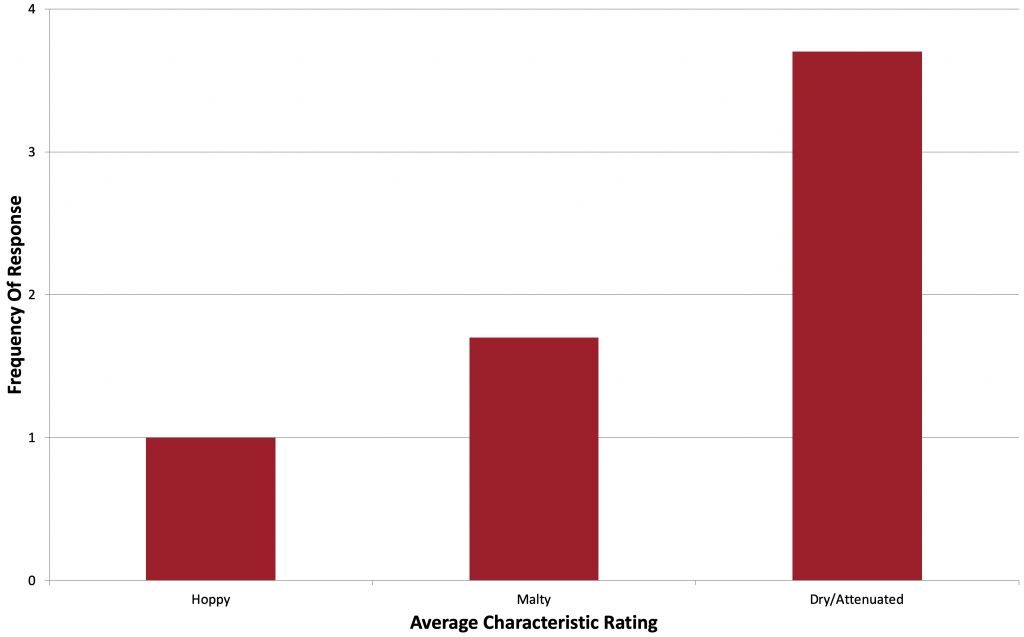
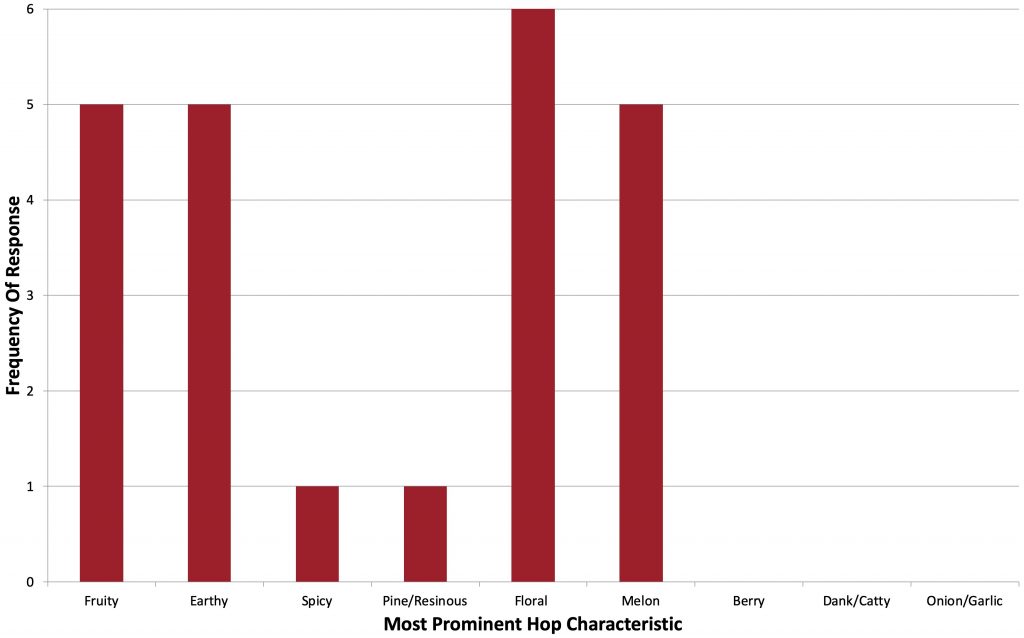
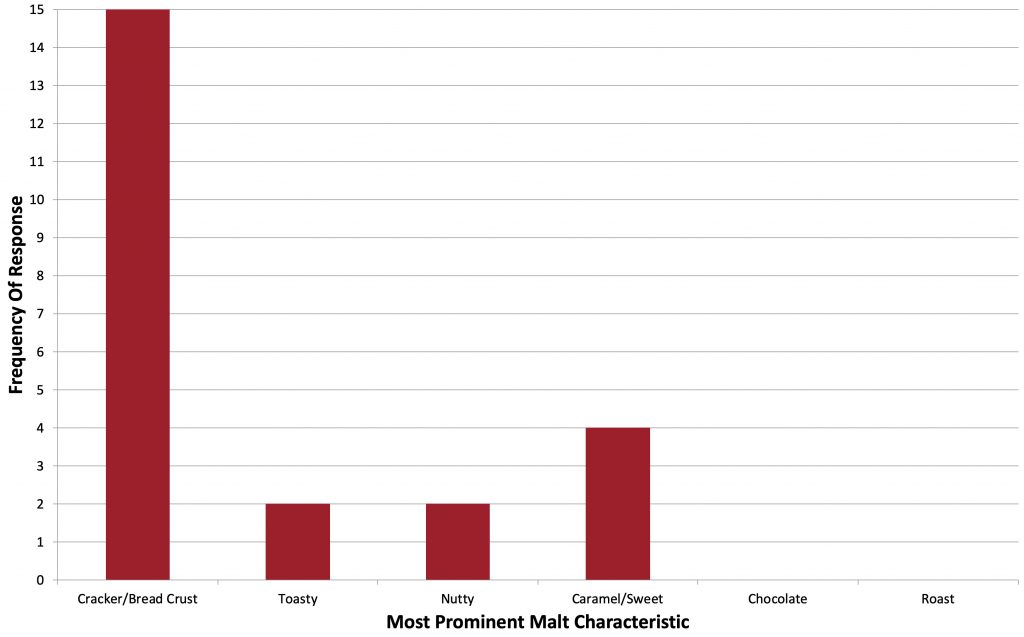
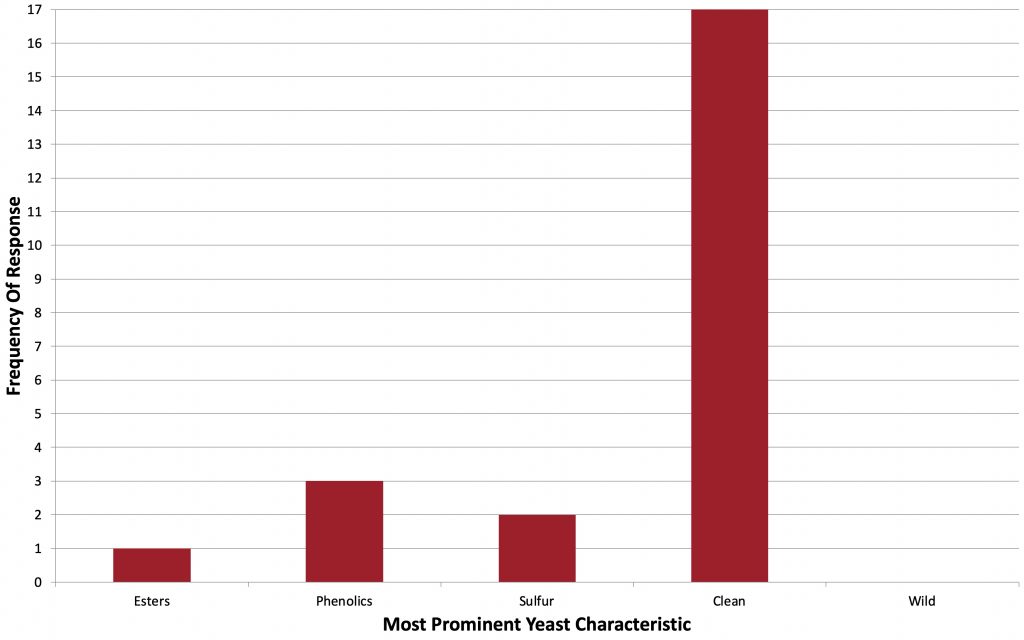
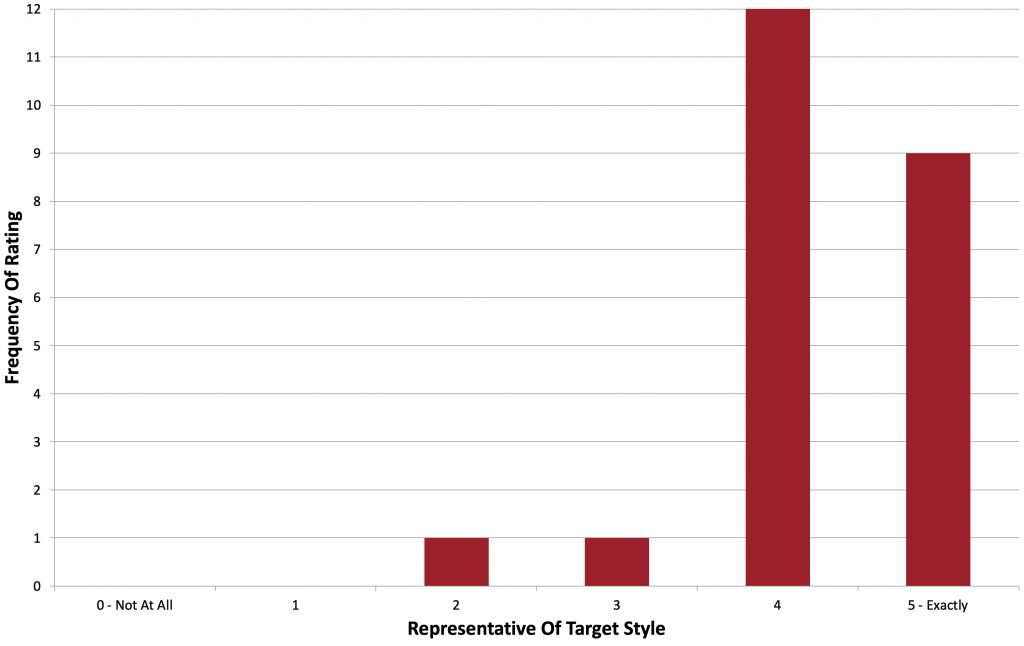
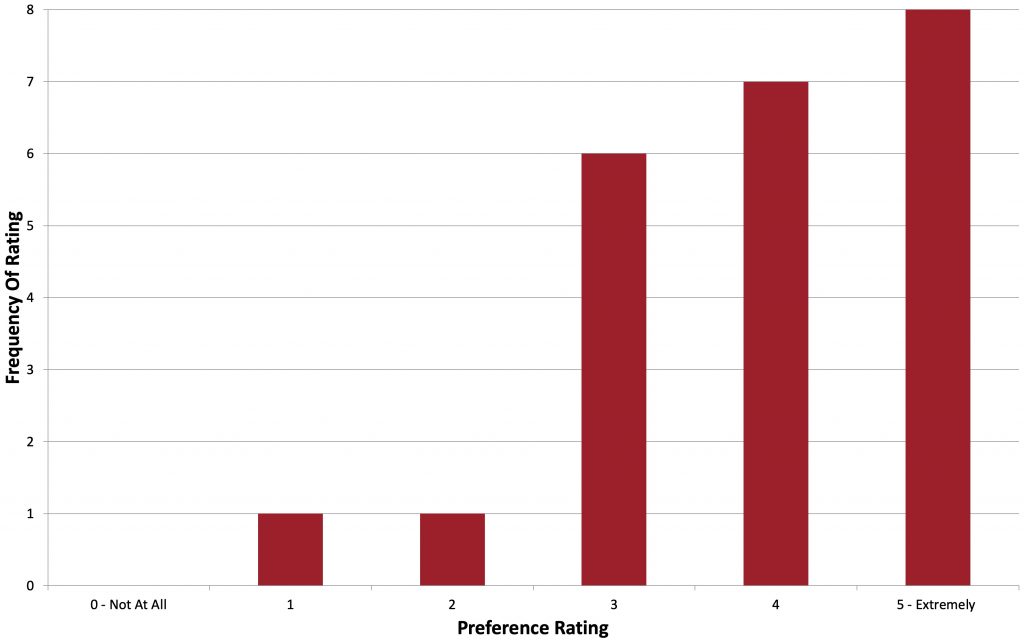










24 thoughts on “Short & Shoddy | International Pale Lager”
One of my house recipes is a similarly low-effort lager, and to me it actually tastes cleaner and more crisp than a “big three” AAL when compared side-by-side.
Very nice write up, thanks! You said you forgot to adjust the water so I’m curious as to what the additions would have been for this style. Seems like this would be a common approach with all the short and shoddy experiments, to “forget” the water adjustments. I would also like to see a plus or minus 10 degrees on the mash temp too! That would make it interesting.
Seriously, these experiments are really great and they go a long way towards reducing the brew day anxiety for a lot of us homebrew newbies. Thanks again for all you guys do!
I’m honestly not certain what a typical water profile for a beer like this would be, but I’d probably go with something balance, perhaps 100:100 sulfate to chloride.
I’m getting tired of the common phrase “Lagers leave nothing to hide behind, you need to be a really good brewer to make a pilsner”. I make one thats about 4% from US-05, SMaSH with 2-row and saaz. Mash low and ferment cool and allow to age a bit in the keg. It’s tasty and refreshing on a hot day and you can drink quite a few. CoorsBud fans will drink it. It’s not my preferred style, but it’s an easy brew day.
“the large majority of tasters noted a clean fermentation character, despite the beer being fermented with a traditional lager yeast at ale temperature.”
Now on my to-brew list. I note you didn’t get any “spicy” from the hops though. Would you get that from a different noble hop?
For spicy, I might recommend using Saaz or Hallertauer at a higher rate than I did the Tettnang in this beer.
This seems like it must be the culmination of the Short and Shoddy series. Now that you’ve done pale lager, what is left to prove? You’ve surmounted the highest peak!
Gonna plow through the entire BJCP Guidelines!
Trying to learn as much as I can about the Flex+ before I dive in. Is it necessary to hook up C02 when cold crashing or can it just be sealed up to prevent suckback?
You can seal it up, but it will creat negative pressure.
So you finally admit you are part of the Illuminati, lol. All jokes aside, I’ve pretty much followed you, Denny and Drew with adopting 30 minute mash and 30 minute boil as my standard brew day. The points lost in efficiency are easily made up for in the time saved.
Side note, I know you’ve done long vs short boils and lid on vs lid off boils for DMS. Ever thought about 20 minute boil with the lid on/cracked open?
Question on your Brew Bag – what size did you get to fit your SSBT 1V system?
I sent Rex my kettle dimensions, I’m not sure exactly what size my bag is, but I recall him saying it was a standard size.
Thanks. I contacted them to verify. In case anyone was wondering, the 30-42 Quart D = 13″ – 16″ H up to 16.5″ seems to be correct size provided the dimensions I was given by SSBT.
Do you ever add O2?
Never have, never will.
Never…. say never…. 🙂
How warm would you be willing to ferment this one? I don’t have a fermentation chamber and I’m trying to find the best place in the house
68F/20C
Turned out great! Looking forward to brewing it again
Inspired by the podcast while racking beer this afternoon, I made this recipe as-is and dumped it on an active kveik yeast cake. We’re currently experiencing 40C+ temperatures here in Melbourne and I’ve left this on the porch! It will be quite something if I can make a pale lager in a heatwave. Nothing like short and shoddy for ‘let’s just do it and see what happens’.
Whew, that’s warm. Here’s to hoping it turns out!!
I brewed a 2.5 gallon version of this recipe and did no chill in my corny keg. Pitched with a slurry of 34/70 yeast. Finished in 6 days at basement temps that ranged from 62-66 degrees. The beer is dry, balanced and absolutely fantastic! Can’t wait to transfer, fine with gelatin and serve it ice cold! Thanks for the recipe Marshall!
What is a good method to use to scale a standard mash and boil recipe to short and shoddy mash and boil lengths? With summer (and spring) temps in Houston regularly in the 90s less time brewing outside is a huge plus. Big fan of the short & shoddy brulosophy. Thanks